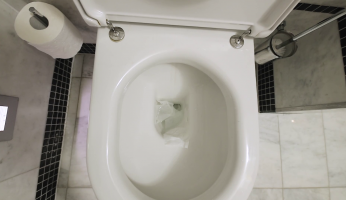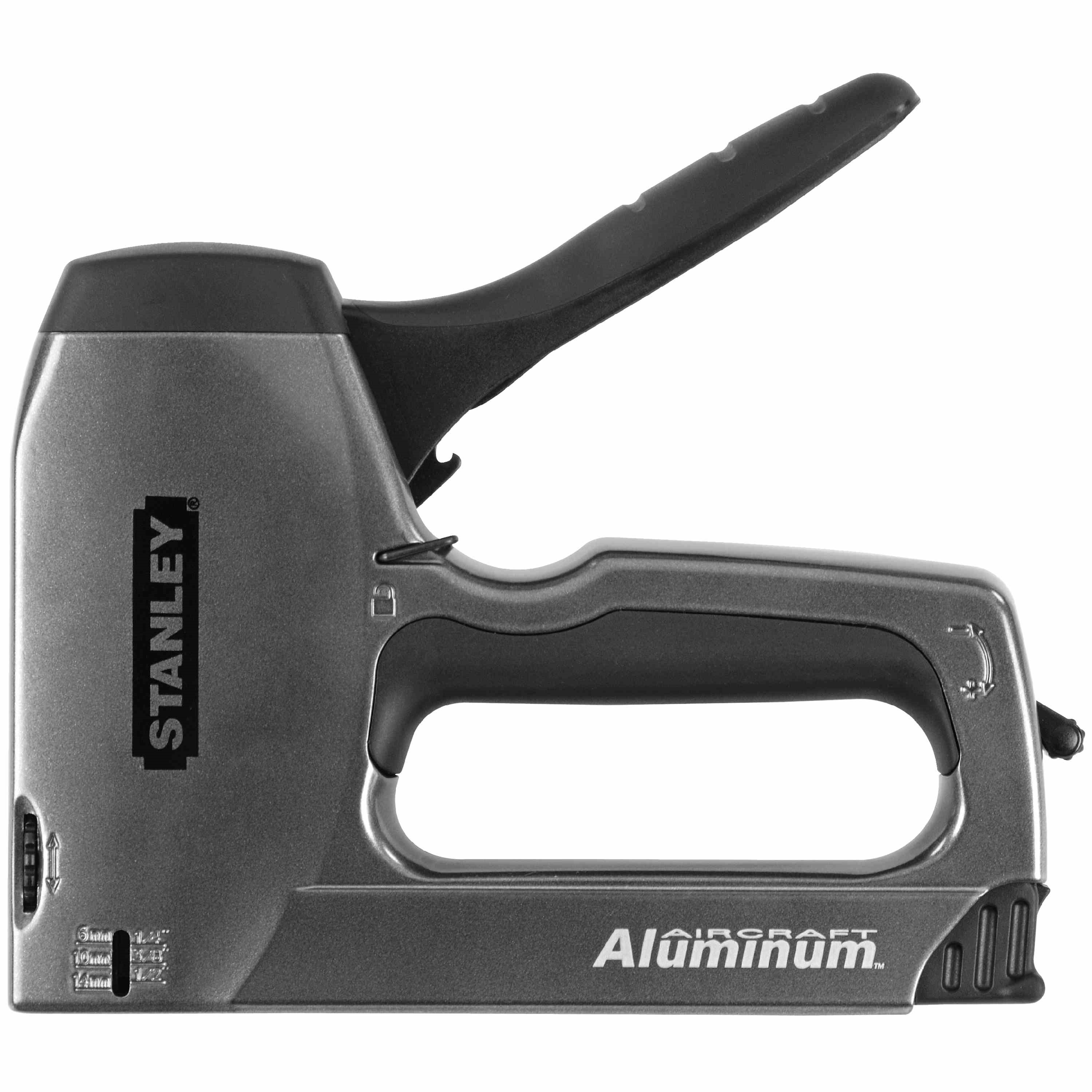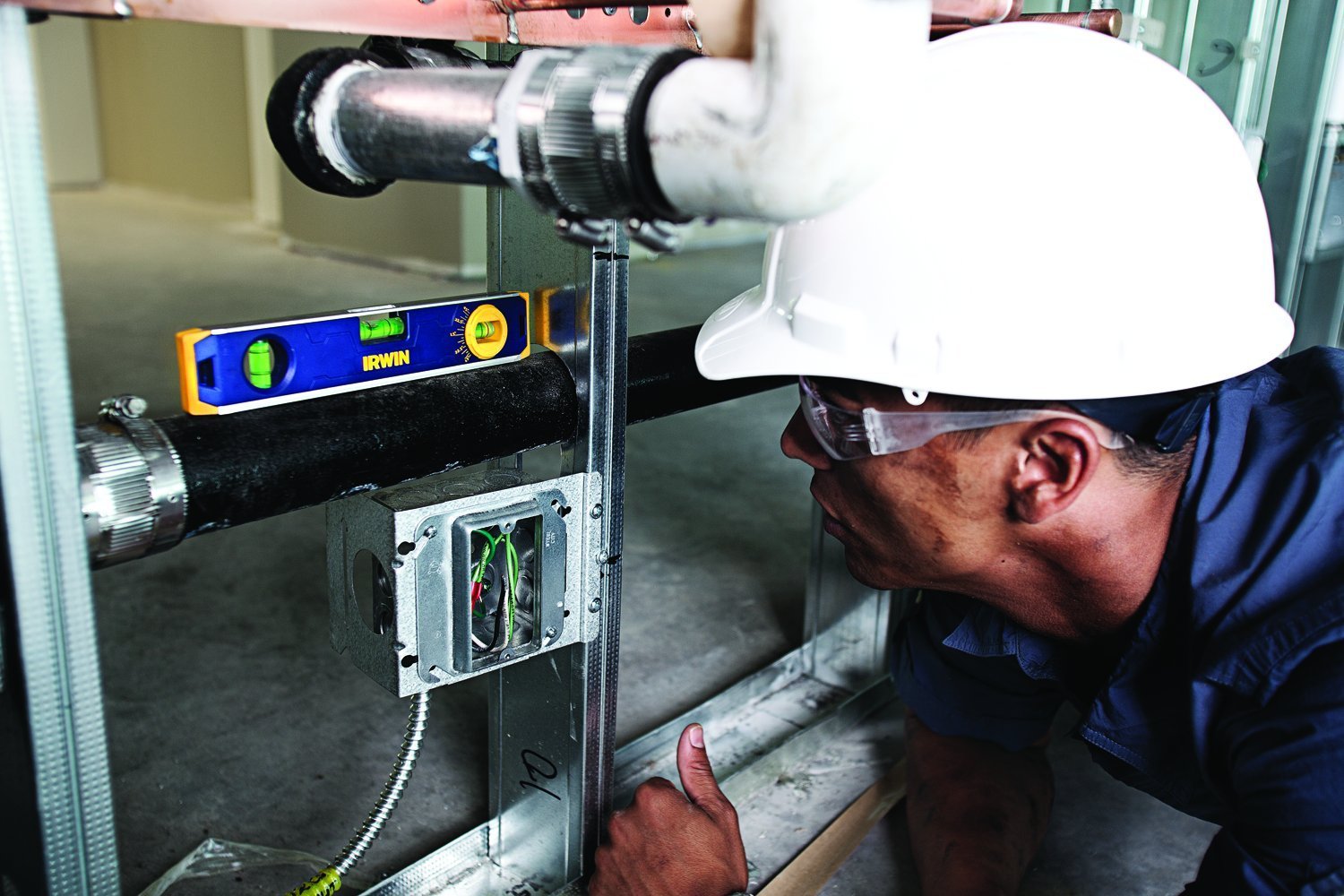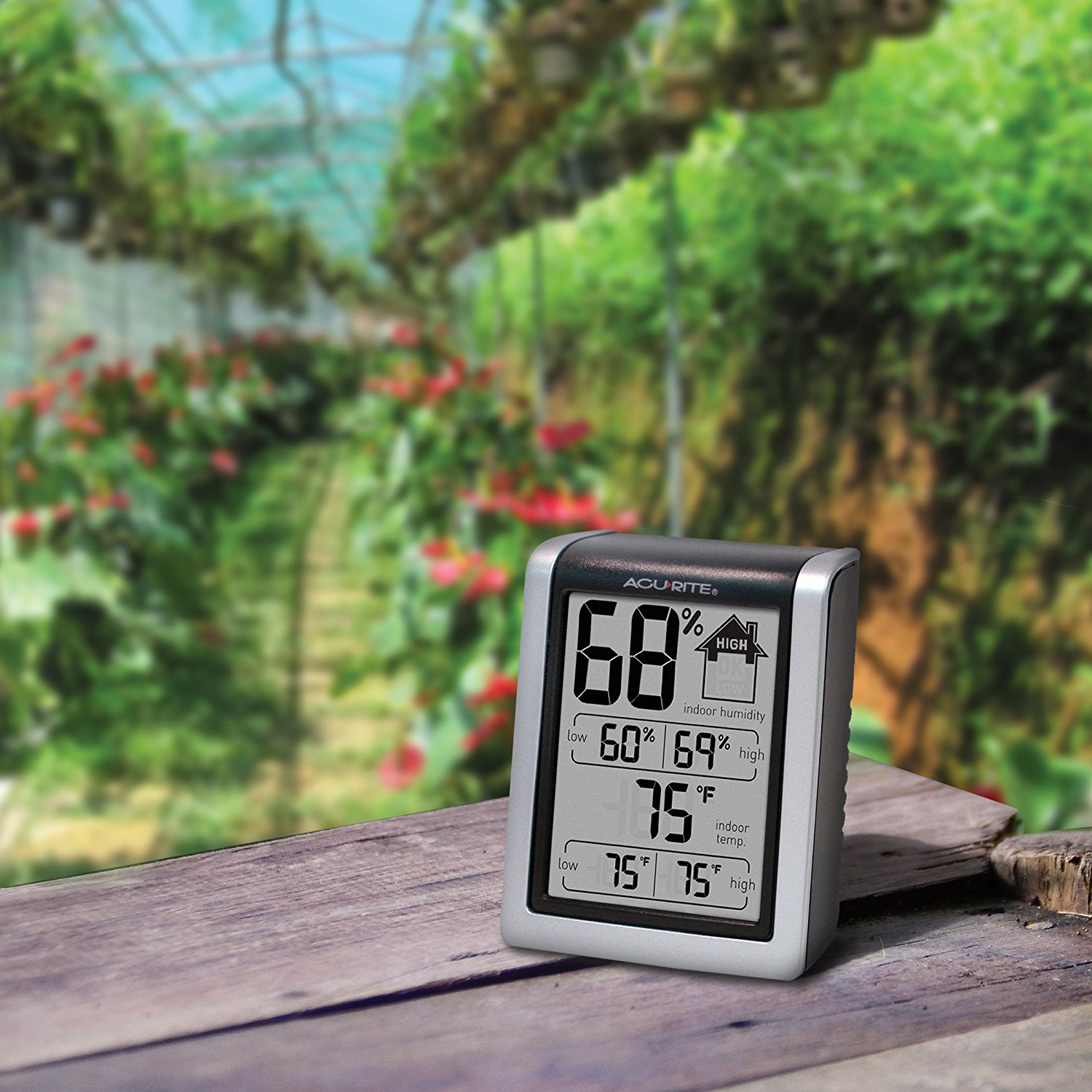- No Obligations
- Stop Paying Too Much For Your Contractor
- No Spam Calling
- Screened & ID Checked Contractors only!
This is How a Septic Tank Works
0
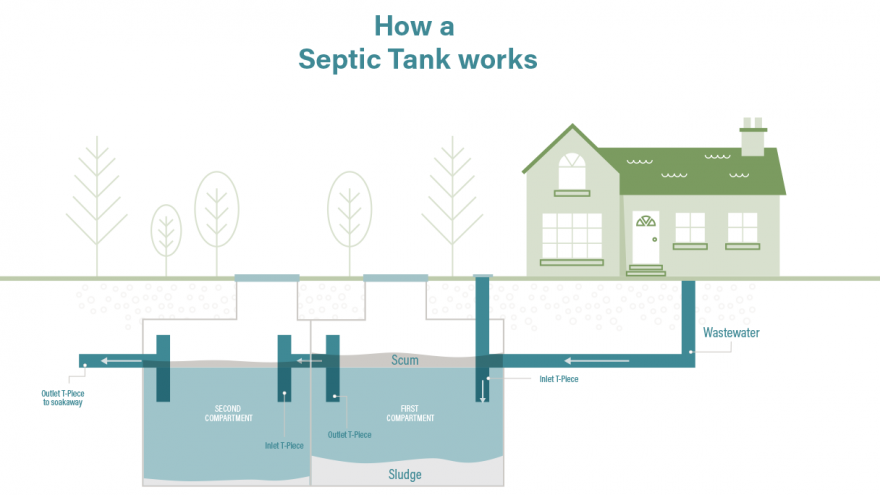 This is How a Septic Tank Works
earlyexperts.net
This is How a Septic Tank Works
earlyexperts.net
City dwellers take it for granted that their wastewater will be disposed of hygienically and efficiently by the sewer system. However, for those of us who live in country areas, or may be entirely off the grid we don’t have that luxury. We have to rely on a septic tank system to remove and treat the dirty water and waste that comes from the bathroom and kitchen. Whereas a city’s sewer system allows people to flush and forget, the use of a septic tank means a property owner will have to know how to look after it, and therefore understand how it works. A well-designed septic tank system should last for decades as long as it is properly maintained.
Basically, it’s the bacteria
A septic tank system would not work if it were not loaded with bacteria; it’s been described as a cafeteria for bacteria. These microorganisms break down the waste products and remove anything harmful from the water, leaving it clean enough to soak back into the soil. The bacteria are kept busy cleaning the waste which flows into the septic tank itself and the drain field.
✓ All the waste from your home, solid and liquid, flows into the septic tank system. The watery part is called the effluent.
✓ Anaerobic bacteria get to work on the organic material in the waste effluent and break it down.
✓ This process leaves three distinct deposits in the septic tank, which is acting as a settling pond.
✓ The layer at the bottom of the tank is a sludge made up of any inorganic solids not eaten by the microorganisms, and the byproducts of the munching bacteria.
✓ At the top, there is often a layer of scum, which is mostly comprised of kitchen grease, fats and oils.
✓ In between these two layers is the wastewater or effluent, which then needs to be cleaned.

✓ The effluent can flow through a filtered outlet so no solids can leave the septic tank, into a drain field.
✓ The pipes in the drain field have holes allowing the effluent to seep into a gravel bed surrounding them.
✓ At this stage, aerobic bacteria get to work on the effluent in the gravel bed to complete the process of decomposition.
✓ The effluent will then be clean water and can be allowed to soak away into the natural aquifer or ground water.
Getting peak performance from your septic system
Most people should not have any problems with their septic tank system if it looked after, and you are aware of what gets flushed down the drains. If your system has been designed and installed correctly, then it should be many years before you need to have the sludge removed from the bottom of the tank. This time can be greatly reduced if inappropriate items are allowed to be flushed away on a regular basis.
✓ Be careful not to flush away too much waste that will decompose slowly, or not at all. Common culprits for blocking and backed up septic systems are cigarette butts, coffee grounds, and used diapers or tampons.
✓ The extended use of kitchen garbage disposers can overload the septic system by sending too much solid waste into the tank.
✓ The washing of clothes made from synthetic fibers creates lint the bacteria in the septic tank, or the drain field cannot break down and dispose of. To head off any potential problems with the drain field, experts advise a lint filter is inserted in the waste water pipe from your washing machine.
✓ Just by cleaning our homes with disinfectants, and our bodies with antibacterial soaps can harm the ecosystem inside the septic tank. Although the majority of systems can handle some of these chemicals, the advice is to use as little as possible.
✓ Too much water into the system can be a bad thing also. If there is a high flow rate of wastewater over a short space of time, this can inadvertently flush the system.
✓ Monitoring the sludge level is important, as too much can hinder the anaerobic bacteria working, and if it gets too high, it can overflow, and enter the drain field. Too much sludge or scum can block pipes.
✓ Over time the roots of nearby trees and shrubs can damage or clog the drain field.
✓ The drain field needs to have enough oxygen available for the aerobic bacteria to work effectively. If the gravel and the surrounding soil are too compacted, this can stop the oxygen getting to the bacteria. A common cause of this is cars driving or parking on the drain field, putting pressure on the surface.
What to do when things begin to stink
Even the best-maintained septic tank systems can have unforeseen problems. It’s better to have regular maintenance than wait for something to go drastically wrong and start stinking out the neighborhood. If you’re not squeamish at all, you can check the level of sludge in the bottom of your septic tank yourself. All you need to do is purchase a tool available at home improvement stores and online, called the Sludge Judge. This will indicate how much sludge is at the bottom of your septic tank, and once the tank gets to a third full, it’s time to call in the professional sludge gulpers to remove the material.

Another problem occurs when the effluent drain filter gets clogged. If it is something that happens on a regular basis, you may be tempted to remove it completely. Its removal will severely reduce the effectiveness of your septic tank system, and could lead to health and pollution code violations. In most places, the filter is mandatory, and its removal can mean a hefty fine. What is worse, that without the effluent filter, debris could get into the perforated pipes of the drain field and block them up, causing a much more severe problem.
Most systems only require the effluent filter to be cleared when the sludge is removed from the tank, which can be once every five years or so. As we have mentioned before, the use of a garbage disposal unit on the kitchen sink can increase the amount of solid material in a septic tank by as much as 50 percent. Extended use of a garbage disposal unit may mean your septic tank will need more regular sludge removals.
The importance of the drain field
Septic tank systems fail for a number of reasons, and it is often down to the underlying problem of the wastewater not being able to soak away into the ground in the drain field. This creates two distinct conditions; with wastewater puddling in the soil, or the sewage backing up into the house.
An easy way to recognize a problem with the drain field is if a toilet does not flush correctly, or you hear a bubbling sound. These are a sure sign the septic tank is full and is not able to accept more wastewater. You can sometimes recognize you have a drain field problem by looking at the plants on the surface if they are thriving, and growing more than usual; then you know you have a blockage that needs to be dealt with.


